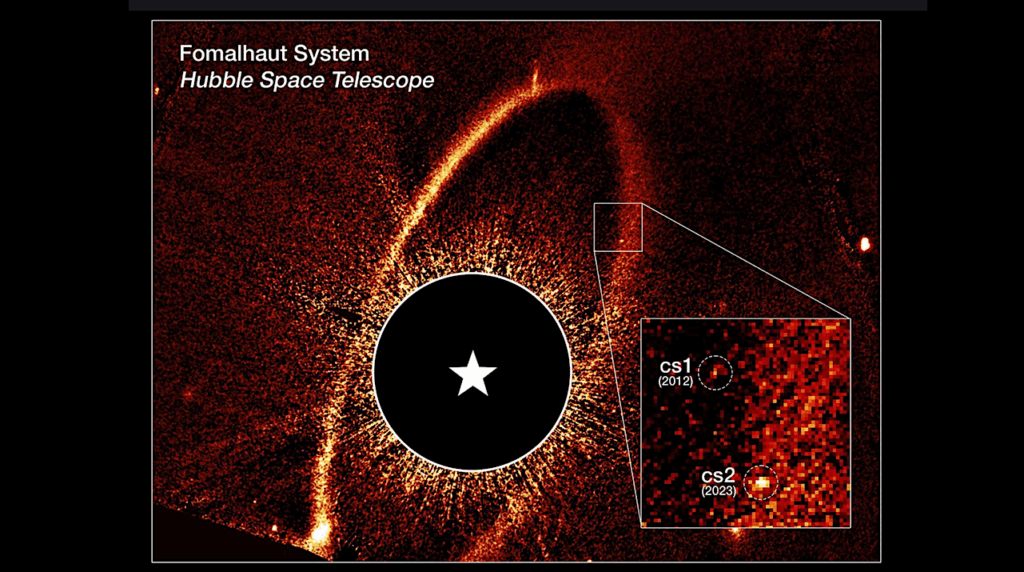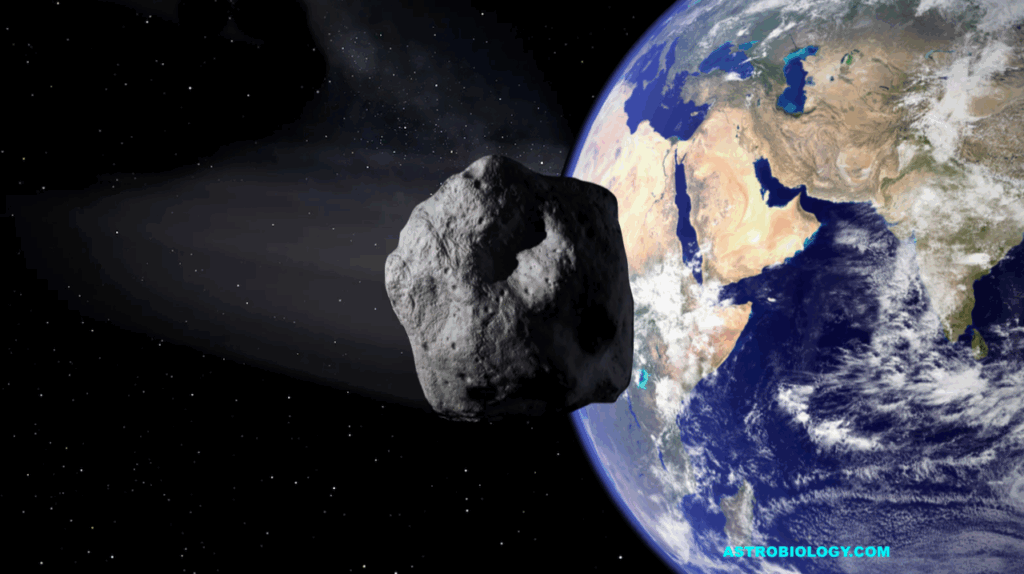Geophysical Observations Of OSIRIS-REx Sample Return Capsule Re-Entry

Sample Return Capsules (SRCs) entering Earth’s atmosphere at hypervelocity from interplanetary space are a valuable resource for studying meteor phenomena.
The 24 September 2023 arrival of the OSIRIS-REx (Origins, Spectral Interpretation, Resource Identification, and Security-Regolith Explorer) SRC provided an unprecedented chance for geophysical observations of a well-characterized source with known parameters, including timing and trajectory.
A collaborative effort involving researchers from 16 institutions executed a carefully planned geophysical observational campaign at strategically chosen locations, deploying over 400 ground-based sensors encompassing infrasound, seismic, distributed acoustic sensing (DAS), and GPS technologies.
Additionally, balloons equipped with infrasound sensors were launched to capture signals at higher altitudes. This campaign (the largest of its kind so far) yielded a wealth of invaluable data anticipated to fuel scientific inquiry for years to come.
The success of the observational campaign is evidenced by the near-universal detection of signals across instruments, both proximal and distal. This paper presents a comprehensive overview of the collective scientific effort, field deployment, and preliminary findings. The early findings have the potential to inform future space missions and terrestrial campaigns, contributing to our understanding of meteoroid interactions with planetary atmospheres.
Furthermore, the dataset collected during this campaign will improve entry and propagation models as well as augment the study of atmospheric dynamics and shock phenomena generated by meteoroids and similar sources.
Elizabeth A. Silber, Daniel C. Bowman, Chris G. Carr, David P. Eisenberg, Brian R. Elbing, Benjamin Fernando, Milton A. Garcés, Robert Haaser, Siddharth Krishnamoorthy, Charles A. Langston, Yasuhiro Nishikawa, Jeremy Webster, Jacob F. Anderson, Stephen Arrowsmith, Sonia Bazargan, Luke Beardslee, Brant Beck, Jordan W. Bishop, Philip Blom, Grant Bracht, David L. Chichester, Anthony Christe, Kenneth Cummins, James Cutts, Lisa Danielson, Carly Donahue, Kenneth Eack, Michael Fleigle, Douglas Fox, Ashish Goel, David Green, Yuta Hasumi, Chris Hayward, Dan Hicks, Jay Hix, Stephen Horton, Emalee Hough, David P. Huber, Madeline A. Hunt, Jennifer Inman, S. M. Ariful Islam, Jacob Izraelevitz, Jamey D. Jacob, Jacob Clarke, James Johnson, Real J. KC, Attila Komjathy, Eric Lam, Justin LaPierre, Kevin Lewis, Richard D. Lewis, Patrick Liu, Léo Martire, Meaghan McCleary, Elisa A. McGhee, Ipsita Mitra, Amitabh Nag, Luis Ocampo Giraldo, Karen Pearson, Mathieu Plaisir, Sarah K. Popenhagen, Hamid Rassoul, Miro Ronac Giannone, Mirza Samnani, Nicholas Schmerr, Kate Spillman, Girish Srinivas, Samuel K. Takazawa, Alex Tempert, Reagan Turley, Cory Van Beek, Loïc Viens, Owen A. Walsh, Nathan Weinstein, Robert White, Brian Williams, Trevor C. Wilson, Shirin Wyckoff, Masa-yuki Yamamoto, Zachary Yap, Tyler Yoshiyama, Cleat Zeiler
Comments: 87 pages, 14 figures
Subjects: Earth and Planetary Astrophysics (astro-ph.EP); Instrumentation and Methods for Astrophysics (astro-ph.IM); Geophysics (physics.geo-ph)
Cite as: arXiv:2407.02420 [astro-ph.EP] (or arXiv:2407.02420v1 [astro-ph.EP] for this version)
https://doi.org/10.48550/arXiv.2407.02420
Focus to learn more
Related DOI:
https://doi.org/10.3847/PSJ/ad5b5e
Focus to learn more
Submission history
From: Elizabeth Silber
[v1] Tue, 2 Jul 2024 16:44:59 UTC (4,631 KB)
https://arxiv.org/abs/2407.02420
Astrobiology








